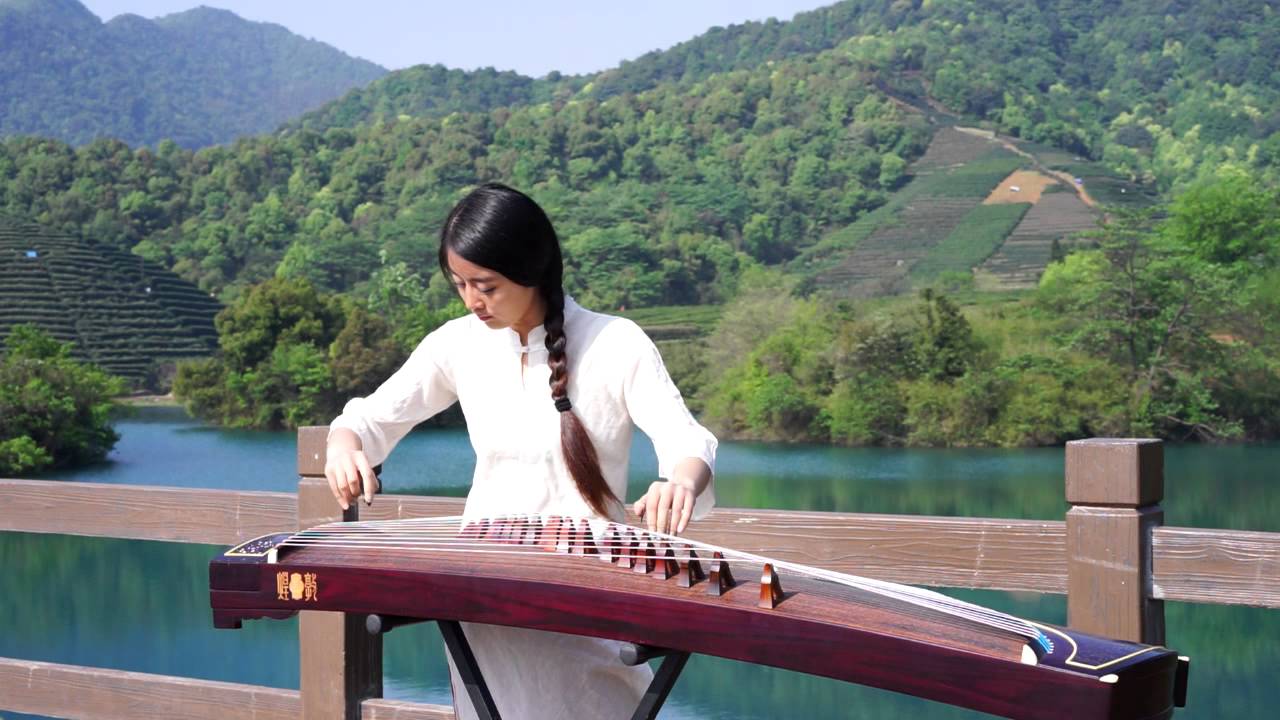We are excited to share our passion for traditional Chinese instruments with you in this in-depth piece. These instruments offer a fascinating glimpse into China’s rich cultural heritage and showcase its unique musical traditions. In this article, we’ll explore some of the most iconic instruments, delve into their history, and learn about their cultural significance. So grab a cup of tea, relax, and join me on this journey through the mesmerizing world of Chinese music.
Introduction to Chinese Traditional Music and Instruments
Chinese traditional music boasts a history spanning thousands of years, with instruments playing a crucial role in shaping the country’s cultural identity. With influences from various cultures and dynasties, these instruments have evolved into unique art forms that can be heard in opera, folk, and classical music. Let’s dive into some of the most popular traditional Chinese instruments and their intriguing stories.
1. The Pipa – Melodies That Transcend Time
The pipa, a plucked string instrument with a pear-shaped body and a long fretted neck, has graced Chinese music since the Han Dynasty (206 BC – 220 AD). Played with a plectrum, the pipa’s delicate melodies have enchanted audiences for centuries. The instrument’s distinctive sound can be heard in traditional Chinese opera and modern performances alike.
2. Guzheng – Hauntingly Beautiful Harmony
The guzheng, a type of zither with a long rectangular body and a series of strings, produces a captivating, ethereal sound. Dating back to the Warring States period (475 BC – 221 BC), the guzheng has been an essential part of Chinese music for centuries. Today, it is played in both traditional and contemporary music, showcasing its enduring charm.
3. The Erhu – The Chinese Violin
With its distinct sound and small snake-skin drum attached to its base, the erhu, a two-stringed bowed instrument, is often called the “Chinese violin.” Its history reaches back to the Tang Dynasty (618 AD – 907 AD) and has remained an integral part of Chinese music ever since. The versatile erhu can be played solo or in an ensemble, often accompanying traditional songs and contemporary music.
4. The Dizi – The Voice of Bamboo
The dizi, a flute-like instrument with a bamboo body and six finger holes, is known for its crisp, clear sound. Its roots trace back to the Han Dynasty (206 BC – 220 AD), and it has long been a vital instrument in Chinese music culture. The dizi can be heard in traditional Chinese music ensembles and modern performances, highlighting its timeless appeal.
5. The Yangqin – Bright and Metallic Melodies
The yangqin, a type of hammered dulcimer with a trapezoidal shape, is played with small hammers. Its bright, metallic sound is commonly used in Chinese classical and folk music. The yangqin has a history dating back to the Ming Dynasty (1368 AD – 1644 AD) and is also played in contemporary music.
6. The Ruan – Mellow and Soothing Sounds
The ruan, a plucked string instrument similar in shape to a lute, has a round body and a long fretted neck. Played with the fingers, the ruan produces a mellow and soothing sound. Its history dates back to the Han Dynasty (206 BC – 220 AD), and it has been an important instrument in Chinese music culture for centuries. Like many other traditional Chinese instruments, the ruan can also be heard in contemporary music.
7. The Chinese Lute – Rich and Warm Tones
The Chinese Lute, a plucked string instrument with a round body and a long fretted neck, is similar in appearance to the Western lute but has a slightly different playing technique and sound. With a history dating back to the Tang Dynasty (618 AD – 907 AD), the Chinese Lute is known for its rich and warm sound, making it a popular choice for solo performances in both traditional and contemporary music.
Conclusion – A Deeper Appreciation for Chinese Culture and Music
This exploration of traditional Chinese instruments, from the ancient pipa to the modern guzheng, offers a fascinating look into the rich history and cultural heritage of China. By understanding these instruments, we can gain a deeper appreciation for Chinese culture and music.
It’s important to remember that these instruments are not just relics of the past; they continue to play a significant role in contemporary music. The captivating melodies of the pipa and the haunting sounds of the erhu, along with the other unique instruments, hold the power to entrance audiences today and in the future.
As you listen to or learn more about these traditional Chinese instruments, I hope you’ll find them as enchanting as I do. Whether you’re a music enthusiast or simply curious about Chinese culture, understanding these instruments will provide a deeper appreciation for China’s rich cultural heritage.


I didn’t realize how different their instruments are from other more popular instruments used in an orchestra. All the sounds are very smooth and pleasing to the ear. Love the wooden flute- amazing soft rounded tone 💗